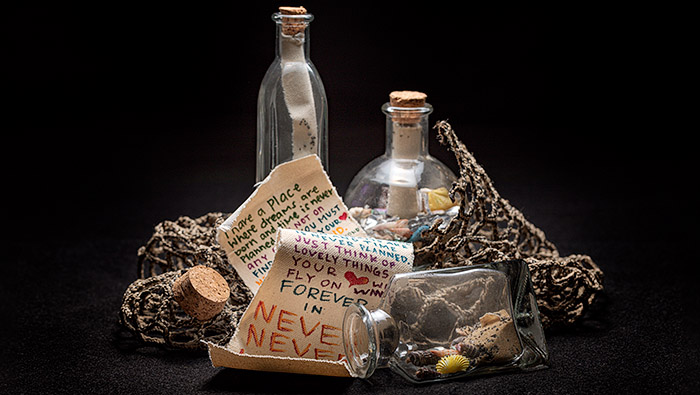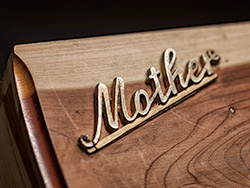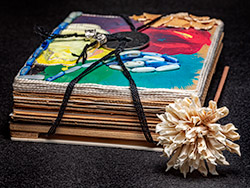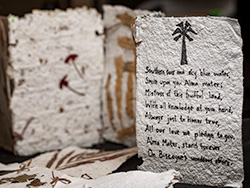
Fall 2021 – Summer 2024
Bowman Foster Ashe Administration Building
Artists’ books are, in many ways, works of art . . . but are they books? Many don’t have words, others have no covers, and still others cannot be read in a traditional “linear” fashion. Wikipedia defines artists’ books as “works of art realized in the form of a book,” yet it is difficult to find a universally agreed-upon definition of the genre. Scholar and art historian Johanna Drucker calls this type of book “the quintessential 20th-century art form,” but admits that a catch-all description is elusive.
Book artists, collectors, librarians, and lovers of these hard-to-pinpoint works of art all agree: artists’ books belong in libraries, and the University of Miami Libraries (UML) has been collecting artists’ books for over 20 years. Our collections encompass some of the finest examples of the form, including the work of local artists.
In the fall semester of 2012, Special Collections at UML hosted the undergraduate course, “History of the Book,” led by department head Cristina Favretto. In the class, students examined the production, distribution, reception, and content of the written word, from the Gutenberg Bible to the e-book, and students were also introduced to the rich variety of artists’ books held in Special Collections.
As an extra credit assignment, the students were invited to create artists’ books inspired by the unusual and unique works they’d seen as part of the class. Although this was a first effort for all of them, the results were quite wonderful. On display is a rotating series of their finished pieces.
This project and others of its kind have continued at the University since Favretto’s initial class in 2012, including a fall 2021 course taught by Senior Lecturer Mia Leonin. Other major contributors to this project include Jeff Larson and Carol Todaro, lecturers in the College of Arts and Sciences.
To find out more about these fascinating, “readable,” touchable works of art, please visit Special Collections in the Kislak Center at the University of Miami.
Learn more about this exhibition in this news story published by University Communications.


